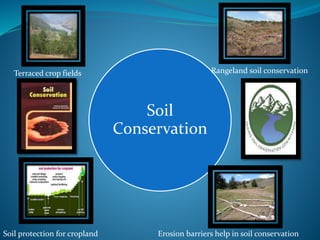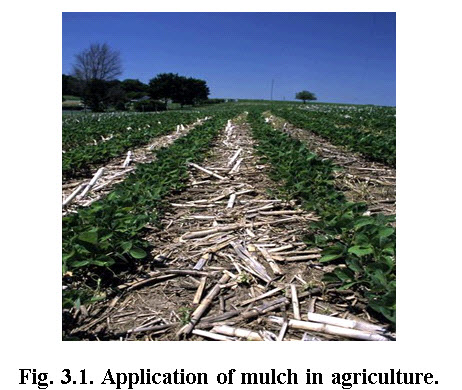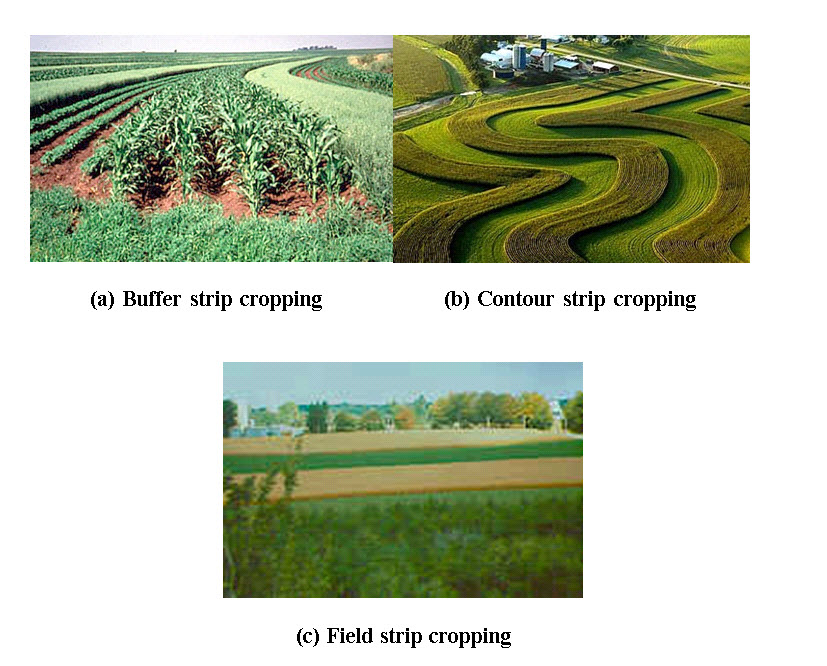Soil conservation is the practice of protecting soil from degradation, erosion, and depletion. It is important for maintaining the health and fertility of the soil, as well as for preserving the natural environment and biodiversity. There are several methods of soil conservation, which can be broadly classified into three categories: physical, chemical, and biological methods.
Physical methods of soil conservation involve protecting the soil from erosion and other physical degradation. One common physical method is the use of terracing, which involves the construction of raised beds on sloped land. This helps to reduce the impact of erosion by slowing down the flow of water, and also allows for better water retention in the soil. Another physical method is the use of windbreaks, which are rows of trees or other vegetation that are planted along the edge of fields to reduce the impact of wind erosion.
Chemical methods of soil conservation involve the use of chemical agents to improve the physical and chemical properties of the soil. One example of a chemical method is the use of fertilizers, which can be used to add nutrients to the soil and improve its fertility. Another example is the use of lime, which can be used to adjust the pH of the soil and make it more suitable for certain crops.
Biological methods of soil conservation involve the use of living organisms to improve the health and fertility of the soil. One example of a biological method is the use of cover crops, which are planted between main crops to provide organic matter to the soil, reduce erosion, and suppress weeds. Another example is the use of crop rotation, which involves growing a variety of crops in a field over time, rather than growing the same crop every year. This helps to maintain the fertility of the soil and prevent the build-up of pests and diseases.
In addition to these specific methods, there are also more general practices that can help to conserve soil. These include reducing soil disturbance, such as by using no-till farming techniques, and promoting the use of sustainable farming practices, such as using organic fertilizers and pesticides.
Overall, soil conservation is an important aspect of sustainable agriculture and land management. By using a combination of physical, chemical, and biological methods, we can protect the health and fertility of the soil, and ensure that it is able to support healthy crops and ecosystems for generations to come.







